276 UMMA Objects
276 UMMA Objects
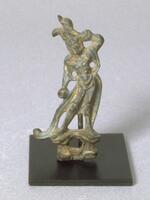
Chinese (Chinese (culture or style))
Dvarapala (guardian figure) from a Buddhist altar
618 – 907
Gift of Mrs. Caroline I. Plumer for the James Marshall Plumer Collection
1963/1.81
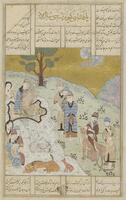
Iranian (Iranian)
Gaiumart the First Shah, from the Shahnama of Firdausi
1455 – 1465
Museum Purchase
1963/1.40
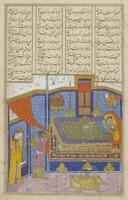
Iranian (Iranian)
Tahmina Comes to Rustam, from the Shahnama of Firdausi
1455 – 1465
Museum Purchase
1963/1.46
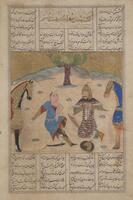
Iranian (Iranian)
Rustam Slays Suhrab, from the Shahnama of Firdausi
1455 – 1465
Museum Purchase
1963/1.47
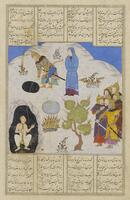
Iranian (Iranian)
Rustam Takes Bijan out of the Pit, from the Shahnama of Firdausi
1455 – 1465
Museum Purchase
1963/1.54
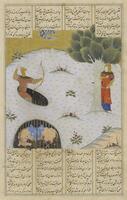
Iranian (Iranian)
Rustam Slays Shaghad and Dies, from the Shahnama of Firdausi
1455 – 1465
Museum Purchase
1963/1.63
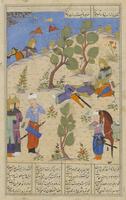
Iranian (Iranian)
The Death of Dara, from the Shahnama of Firdausi
1455 – 1465
Museum Purchase
1963/1.64
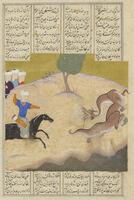
Iranian (Iranian)
Bahram Gur Slays a Dragon, from the Shahnama of Firdausi
1455 – 1465
Museum Purchase
1963/1.70
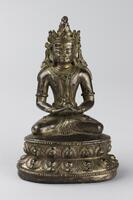
Tibetan (Tibetan (culture or style))
The Buddha Amitâyus, seated in padmasana on a double lotus base, holding a vase of amrita (the elixir of long life)
18th century
Gift of Dr. and Mrs. Leo S. Figiel and Dr. and Mrs. Steven J. Figiel
1980/2.279
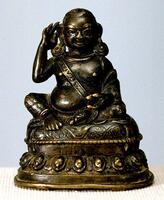
Gift of Dr. and Mrs. Leo S. Figiel and Dr. and Mrs. Steven J. Figiel
1981/2.56
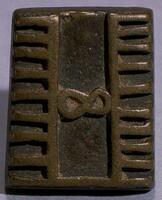
Akan (Akan (culture or style))
Gold-weight
1895 – 1905
Gift of Dr. and Mrs. Milford Golden
1986/2.139

Akan (Akan (culture or style))
Gold-weight
1900 – 1985
Gift of Dr. and Mrs. Milford Golden
1986/2.144
Loading…
